Maribel's Tortilla
Saturday, October 26, 2024
One of the easiest Spanish recipes and probably the most travelled of them all is the Spanish potato omelette. But when such a simple dish has become an important part of a staple diet it tends to convert into an art form in Spain. There are over 40 million people in Spain and probably 20 million different ways of making a Spanish omelette.
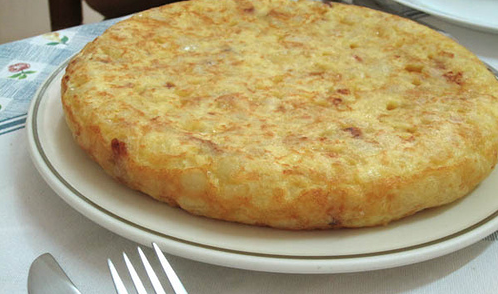
Everyone has there own personal touch that makes it slightly different. This is very similar to a fried egg, simple in essence but believe me a simple fried or poached egg can be a raving success or a disaster. There is a fine line between culinary heaven and mundane foodstuff. Exactly the same thing goes for the Tortilla Española. Having so few ingredients each must be prepared to perfection and the main trick lies in the timing.
Eggs are eggs and potatoes are potatoes pretty much anywhere in the world so finding decent ingredients won’t be a problem here. I have eaten hundreds of Spanish omelettes and I imagine most that are reading my blog have done so too. I’ve eaten really thick ones, really thin ones, ones loaded with potato, ones with hardly any potato, but the vast majority are really dry and overcooked meaning it’s almost compulsory to add a bit of mayonnaise so your mouth doesn’t dry up! But every now and again you come across a tortilla that takes you by surprise and you say WOW! What is it that is different about this omelette? For me it’s a “tortilla” that isn’t too thick or too thin, is nicely browned but isn’t dry in the middle giving it moisture and thus there is no need to add anything else. I also prefer it with onion as it gives it that extra edge of flavour, a sweeter touch.
Maintaining that moisture is quite complicated as eggs are so easily overcooked and when you take it off the pan it keeps cooking on the inside so really it’s a question of practice makes perfect as the eggs are never the same size and nor are the potatoes so giving exact cooking times is a bit pointless. However I am going to share some guidelines that I learnt from a “Master Tortilla Maker”, as I call her, but she is more commonly known and Maribel! Our good friend’s mother, who is now 77 going on 27 with a heart of gold and a love for life, has been making omelettes every week for as long as she can remember, well over 60 years, so I would say she is an expert on the subject. Not a week goes by without making one and Maribel is a Spanish food encyclopaedia and still spends most of her life in the kitchen working, although fortunately for her she really enjoys it.
Recently we paid her a visit and lo and behold she was making a tortilla...again, so I thought “perfect!” this is the opportunity to share her secrets with you all and take a few photos to help in the process. I’m not bad at it myself but she makes it look so effortless, the way she finely chips the potatoes directly into the oiled pan without even looking with a small knife and at a speed akin to nimble young women. No chopping board, no potato peeler, nothing, just a small sharp knife and a pair of hands, chipping away at a rate of knots and before you have realised it she had three chipped and in the frying pan only to be followed by an onion which was also chopped up in a blink of an eye. I had to tell old Maribel to slow down otherwise I’d miss out on interesting photos! But she said, “You speed up, you’re the young one!” so that put me in my place and I quickly managed to grab some photos to share with you. Maribel said “It’s just an omelette what’s all the fuss about? But Maribel’s omelette isn’t just any omelette. So what is Maribel’s secret? Well, it’s quite simple, so I will run you through the steps.
For a normal Spanish omelette, you’ll need three medium-sized potatoes, one large onion, 4 large free-range eggs, salt and some good extra virgin olive oil. This will serve 4 adults as part of a main meal or 8 as a light tapas. If you want to make it bigger and thicker just multiply the ingredients accordingly.
If you don’t think you're as nimble as Maribel then you should chop up the potato and the onion before heating the pan, because if you are too slow the first potato chips will cook faster than the last ones. So to be on the safe side you need to chip the potatoes before. I don’t mean cut them into slices or chip shapes but cut away at the potato with a knife as if you were carving a wooden sculpture and cutting off large uneven chips of wood. The pieces of potato shouldn’t really be much bigger than a 50p coin and no thicker than say two 50p coins if you get what I mean…we don’t want them very thick not too thin but it doesn’t matter if some parts are thicker than others and that every chip is different, this helps them to hold together better and the omelette has less chance of breaking up and it is also easier to cook all the potato uniformly. Chopping them unevenly also means some parts of the potato chips brown slightly giving the tortilla more flavour. There is nothing worse than having cooked and undercooked potato together in an omelette so be careful not to cut really thick pieces of potato. Cut the onion into quarters and then slice it up but not too finely. Some people fry the potatoes and the onions separately but here we are going to do it together. If you do them separately make sure the onions go really soft and don't burn.
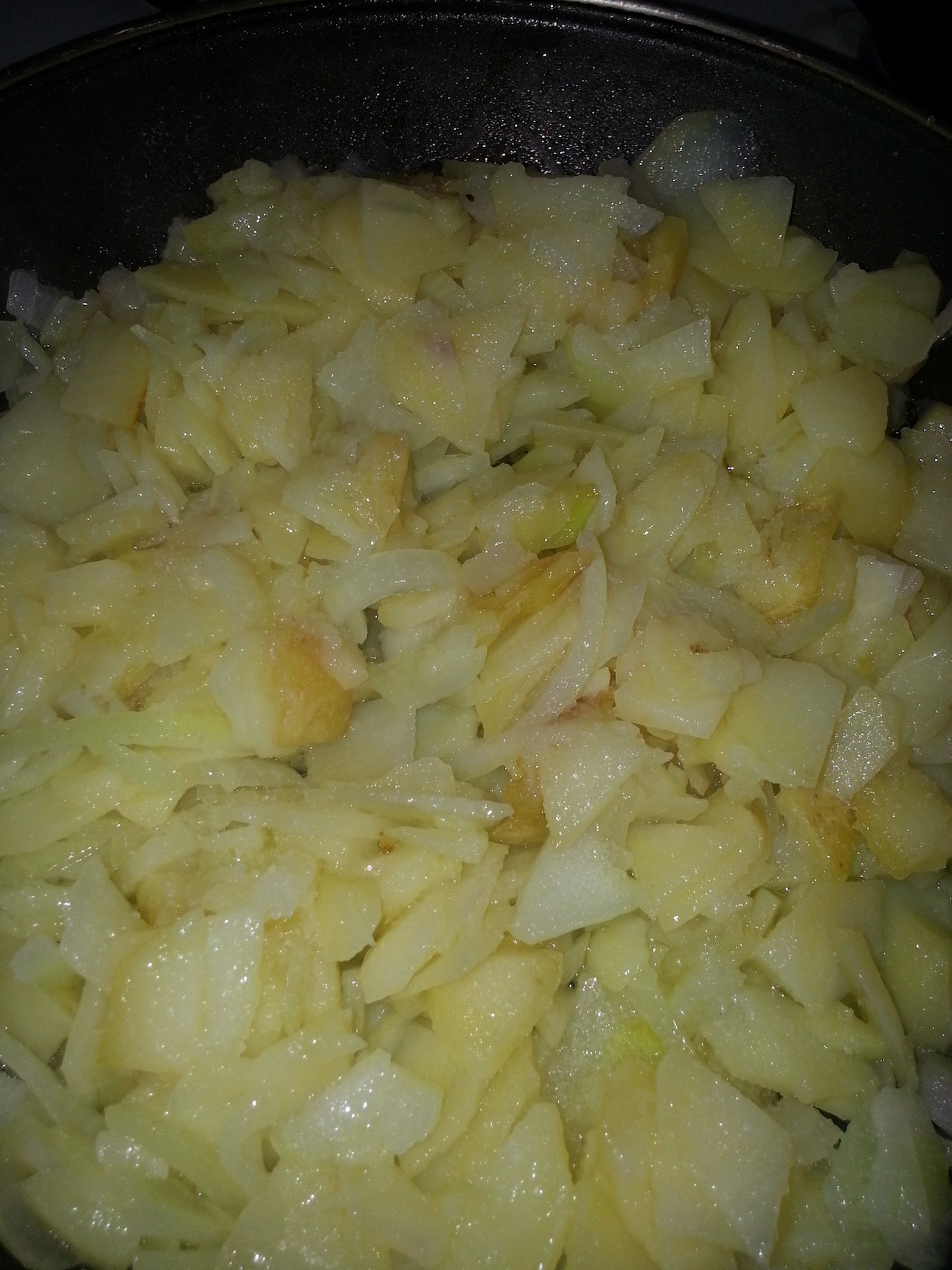 At this point, we are going to need two deep frying pans, one to cook the potatoes and then one to make the omelette. We aren’t going to use the same pan. We need a wider frying pan to evenly cook the potatoes and onion and then a smaller frying pan to get the thickness for the omelette. At this point, we are going to need two deep frying pans, one to cook the potatoes and then one to make the omelette. We aren’t going to use the same pan. We need a wider frying pan to evenly cook the potatoes and onion and then a smaller frying pan to get the thickness for the omelette.
Pour some extra virgin olive oil into the pan being careful not to pour too much, we are not deep frying the potatoes so just cover the pan all over leaving about 1 mm of oil across the pan and put it on medium heat, let the oil heat up and then reduce to a low heat straight away. At this point, we need to add the potato and the onion and season with salt. Cook the onions and the potato on a low heat for about 20 minutes until they are well cooked, remember we are not frying them so we don’t want to brown them too much or make them go crispy, towards the end they will slightly brown in parts and that is fine but if they brown too quickly your heat is too high and if they go crispy you have too much oil in the pan too. If they absorb all the olive oil and it looks like they are drying up don’t be afraid to add a little more olive oil while cooking.
Once they are cooked you need to beat the four eggs together. Maribel has a great little trick but takes a little practice; she beats her eggs on a plate and not in a bowl helping to air the egg mixture making it lighter and spongier. Another trick is to beat the egg whites first and then the yolks. Once beaten the eggs should have air bubbles all over the surface of the egg mix, season with salt and put to one side. Wait for the potatoes to cool down a bit and pour a little olive oil in the smaller non-stick frying pan and add the potatoes.
 
Next, we add the beaten eggs, let them sit for about 10 minutes so the egg mixture has well and truly settled amongst the potato and filled every nook and cranny, shake the frying pan to help evenly spread out the potatoes. Now you can put the frying pan on low heat and start cooking the omelette.
Once the eggs have set grab a plate which is larger than the diameter of the pan and place on top of the frying pan to turn the omelette over, slide the omelette back into the pan and continue cooking for a couple of minutes. Turn the omelette over again cook for another 30-40 seconds then turn it over again until both sides are slightly browned but not too much. Remove from the pan and place on a serving plate. It is now ready to eat. There are millions of ideas as to what the perfect tortilla is but for me it is one that is nicely cooked on the outside but still moist and slightly liquid in the centre, so it is not cooked all the way through, this timing takes practice but when you get the balance right it is a real delight. What would otherwise be a heavy dry omelette becomes a fantastic culinary masterpiece that needs nothing added except for a slice of thick crusty bread, to clean the plate! Enjoy!
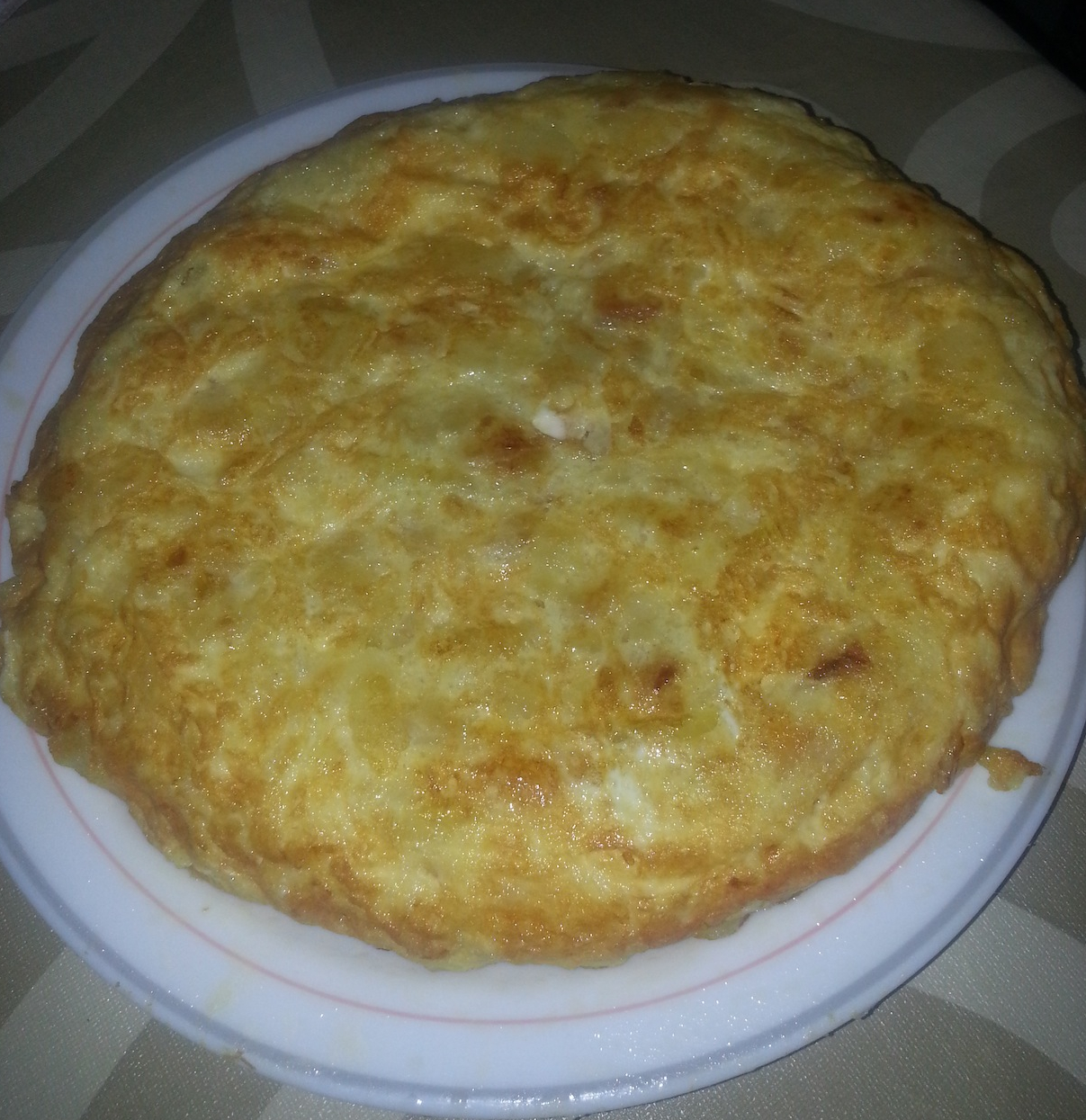 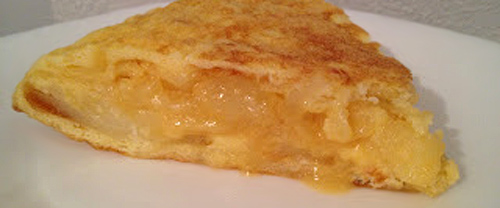
 2
Like
Published at 10:00 AM Comments (2)
2
Like
Published at 10:00 AM Comments (2)
The Almuerzo Valenciano
Saturday, October 19, 2024
In the vibrant heart of Valencia, a centuries-old ritual takes place daily that blends tradition, community, and a hearty appetite. This cherished custom is known as "the Almuerzo," or "esmorzaret" in the Valencian language. Although the term translates directly to "lunch," this mid-morning break is distinctly different from conventional lunch traditions. Instead, it represents a special moment when the city collectively pauses, gathers, and indulges in a culinary experience that is as comforting as the Spanish sun.
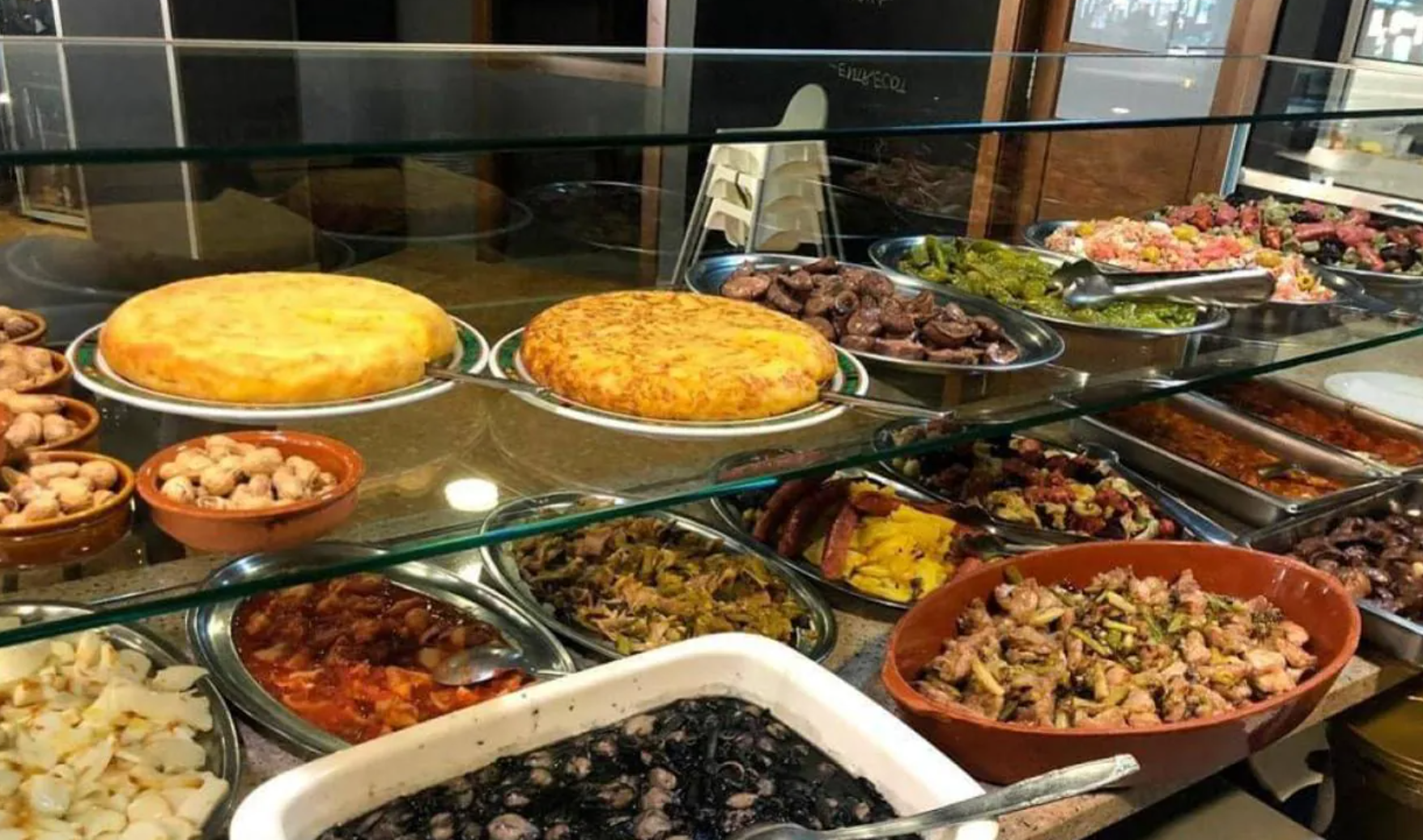
For Valencians who rise early, the hours leading up to the typical 2 or 3 pm lunch can feel endless. Breakfast often consists of a mere café con leche and a tostada, making the wait until lunch rather lengthy. Enter the Almuerzo—a culinary bridge that fills the gap between the early morning and the leisurely afternoon.
This tradition originated as sustenance for the working class and manual labourers but has since transcended its humble beginnings to become a beloved practice for residents from all walks of life. Typically enjoyed between 9 and 11:30 AM, the Almuerzo offers the perfect opportunity for friends, colleagues, and anyone in need of a hearty mid-morning break to come together. It's an affair that's usually quite affordable, costing between 5-8 euros, and offers a taste of local life far removed from usual tourist haunts.
The ritual begins with a simple yet charming spread. Shared bowls of peanuts, olives, and pickles are placed on the table, setting the stage for the star of the Almuerzo—the bocadillo, or sandwich. These are no ordinary sandwiches; they showcase Valencia's rich culinary diversity.
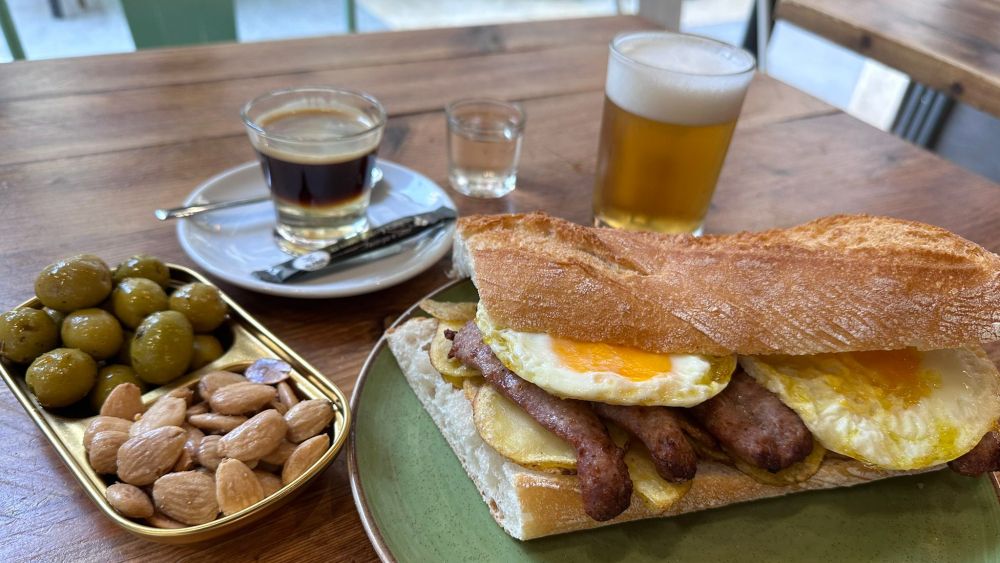
There are classic options such as sepia (cuttlefish) and calamar (squid), as well as the "blanco y negro" (a sausage and morcilla black pudding combo). You might also find "chivito," a local take on a BLT featuring pork, bacon, fried egg, cheese, tomato, lettuce, and mayonnaise, or the ever-popular tortilla de patata (Spanish omelette). Each participating establishment usually has its own unique specialties, making every Almuerzo experience slightly different yet equally delightful. Accompanying this treat is the standard beverage—a cold beer. In Valencia, it's never too early for a cerveza.
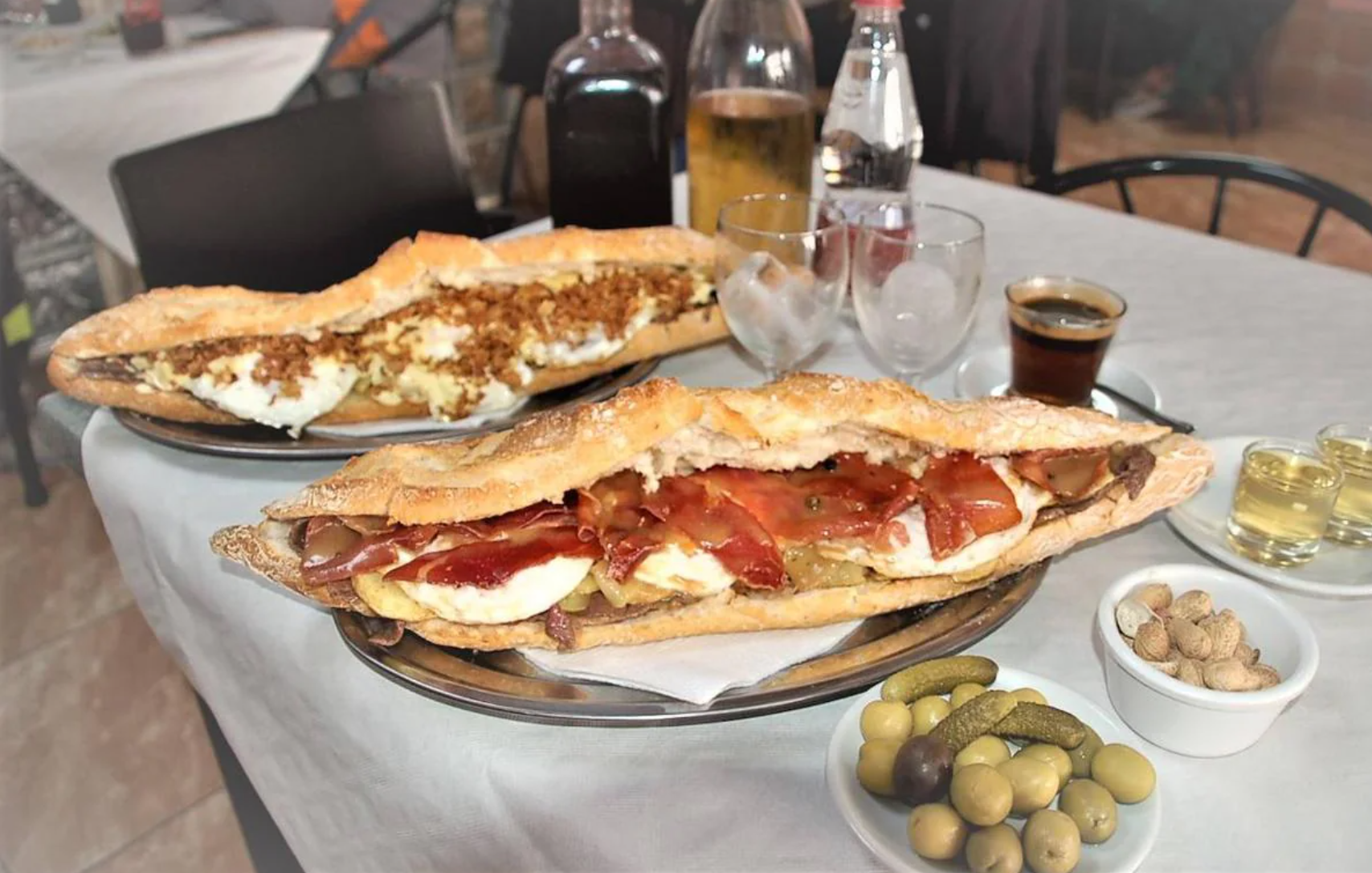
To conclude the meal, the traditional Valencian cremaet takes centre stage. This sweetened, layered drink typically features enflamed brandy, mixed with espresso, cinnamon, orange peel, and a few coffee beans. It serves as the local variant of the espresso martini, delivering a warm, spirited end to the meal and a jolt of energy to help you power through the rest of your day.
For a hearty sandwich, a cold beer, and a cremaet or espresso, the cost typically ranges from 5-8 euros- a small price for an immersive dive into local culture.
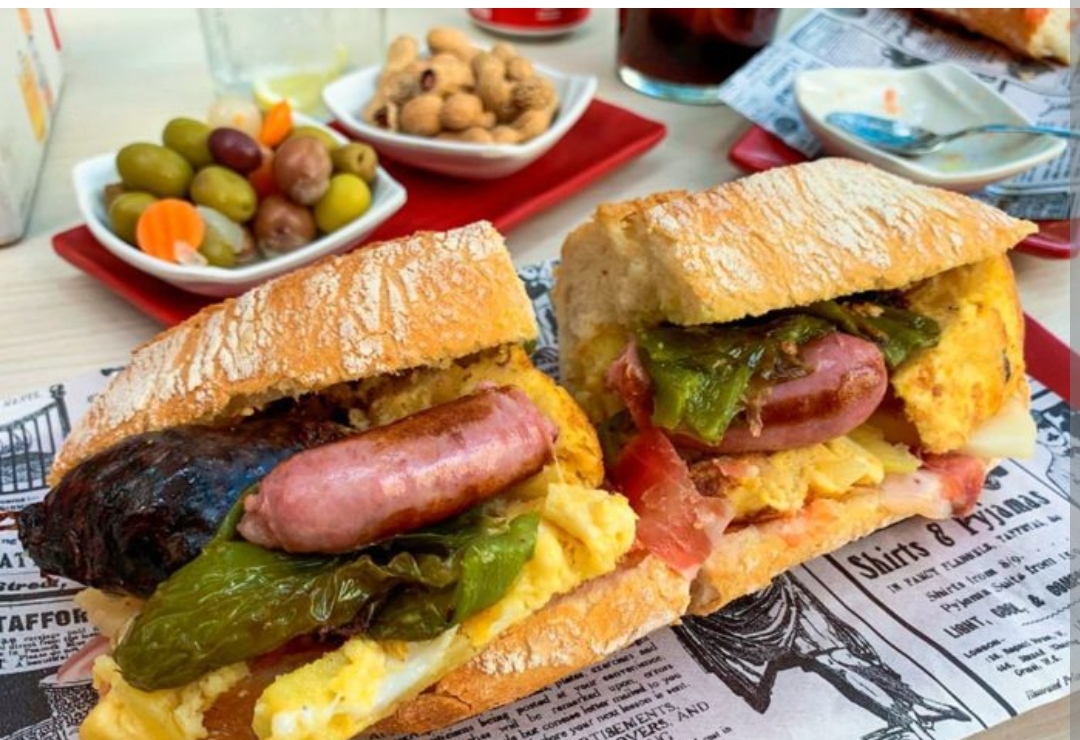
Embracing the Almuerzo means more than just enjoying a meal; it means participating in a living tradition that captures the very essence of Valencian culture. Whether you are a local or a visitor, the experience offers an enchanting foray into the soul of Valencia. To find the best places to 'Almorzar' just ask the locals - everyone knows at least one great place!
The allure of the Almuerzo lies in its simplicity and the sense of community it fosters. It remains a tradition where the lines between residents and visitors blur, allowing everyone to partake in a slice of Valencian life. From the humble peanuts and olives that start the feast to the final sip of coffee, the Almuerzo is a delightful reminder of the rich cultural heritage and unpretentious enjoyment that define Valencia.
What is the Cacau D'Or?
The Cacau D'Or is an annual competition that awards the best almuerzos in the Valencian Community. The competition is judged by a panel of experts who consider factors such as the quality of the ingredients, the presentation of the food, and the overall dining experience. The Cacau D'Or is a prestigious award that is highly coveted by restaurants in the Valencian Community. Here are the winners from the past 5 years - they will probably be a good place to start!
- Bajoqueta Bar: The Bajoqueta Bar is a Valencian institution that has been serving up delicious almuerzos for over 30 years. Their bocadillos are made with fresh, local ingredients and are some of the best in the city.
- Bar El Kiosko: Located in the Turia Gardens, El Kiosko is a popular spot for both locals and tourists. It's a great place to enjoy a relaxed almuerzo surrounded by greenery. Their variety of bocadillos and refreshing drinks make it a perfect mid-morning stop.
- Ca Rakel (2023): This bar in Poblats Marítims has been awarded a special prize for its famous “Almussafes” sandwich.
- Casa Montaña: Casa Montaña, situated in the historic El Cabanyal neighbourhood, is not just a great spot for almuerzo but also a renowned wine bar. Their menu features traditional Valencian dishes and a variety of fresh tapas that are perfect for a mid-morning feast.
- Bar Ricardo: Located in the heart of Valencia, Bar Ricardo is a local favourite known for its generous portions and friendly atmosphere. Their bocadillos (sandwiches) are legendary, especially the “blanco y negro” filled with morcilla and longaniza.
If you are looking a little further afield or outside the centre, take a look at this MAP of the best places to Almorzar in the Valencian Community created by the Blog Almuerzos Populares!
In a world of fast food and hurried meals, the Almuerzo stands as a testament to the value of slowing down, savouring the moment, and breaking bread with those around you. It is a ritual that encourages taking a pause in the middle of a bustling day to connect, share stories, and appreciate the flavours that make Valencian cuisine truly unique.
Enjoy!
 3
Like
Published at 9:03 AM Comments (0)
3
Like
Published at 9:03 AM Comments (0)
Mushroom Picking in Spain
Friday, October 4, 2024
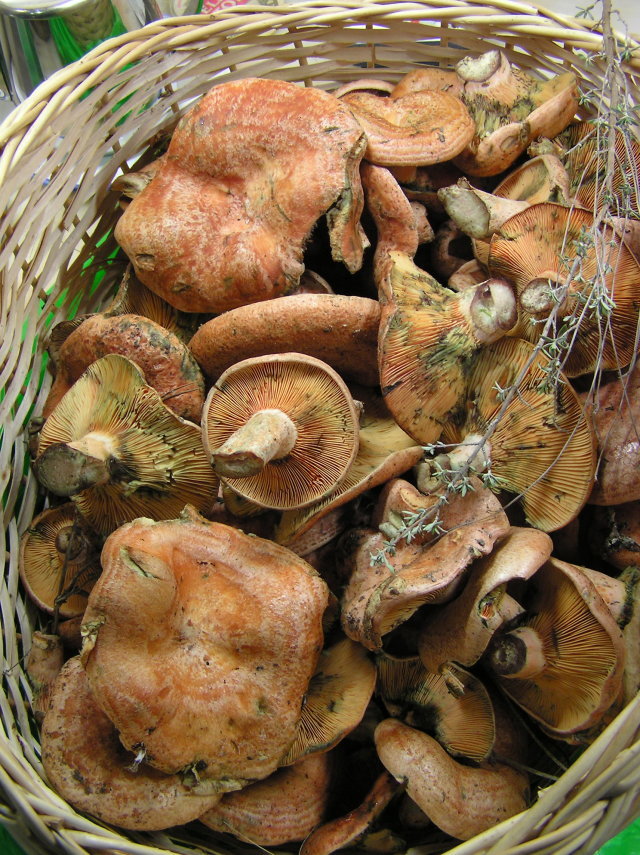 Now Autumn is around the corner, Spain's forests are giving birth to wild mushrooms or Níscalos as they are called here, and they are popping up all over the country. Now Autumn is around the corner, Spain's forests are giving birth to wild mushrooms or Níscalos as they are called here, and they are popping up all over the country.
Any pine forest around the country should have Níscalos, but at least two intense rainfalls within a maximum period of 40 days are necessary to bring them to the surface and get them growing. The wild mushrooms need around 21 days to grow to a reasonable size so you will need to keep an eye on the weather.
Mushrooms will normally pop up in open sunny areas if they have received abundant rainfall, but if they haven’t they will be more likely to appear in the shaded damp areas of the forests. However, I strongly recommend if you go out one day to collect these wild mushrooms, you do it with someone who understands what is what and which ones are still edible and which ones aren’t as there are poisonous Níscalos too which are similar in shape and colour. I also recommend you check for local restrictions, as there are regional bylaws sometimes which limit the amount, and when, you are allowed to collect mushrooms.
Mushroom picking can be dangerous if you do not know what you are doing. I for one have been fortunate enough to go Níscalo (called Rebollónes here in Valencia) picking in Valencia, Castellon and the Sierra of Madrid accompanied by experimented “mushroom hunters” as they humorously referred to themselves as “Cazadores de Setas”! There is a skill in identifying where these mushrooms hide, as they are not always visible to the eye at first and it is necessary to separate the loose pine needles and grass on the forest floor to discover them and then dig them out. If you have the chance to go I highly recommend it as it is a great day out to get some fresh air and at the end of the day you will have a wonderfully tasty reward.
The grill or the BBQ are the perfect pieces of equipment for cooking mushrooms. Because mushrooms contain a high percentage of water they remain moist under high, direct heat. As they lose moisture the flavour of the mushroom (and anything you've put on them) is intensified. Purists will tell you that you shouldn’t wash your mushrooms in water. Mushrooms should be gently brushed off any remaining dirt or debris, washing should be a last resort as it will affect the final flavour. If you do wash them make sure you dry them straight away with a kitchen towel and wash them quickly. A small paintbrush or even a toothbrush is ideal for cleaning them, but admittedly it can be time-consuming.
No matter where I have picked Níscalos I have pretty much always ended up eating them the same way. Grilled on the barbecue with a dressing made from fresh parsley, garlic and extra virgin olive oil. This is very easy, dice up a few garlic cloves making sure you remove the heart (root) of the garlic and then chop up some fresh parsley. Next. mix them in a bowl with extra virgin olive oil, a fruity Picual is ideal. Blend it all together to make the dressing. You can also blend this in a blender if you don’t want any bits but I prefer it slightly more rustic. Place the mushrooms on the barbecue upside down and with a teaspoon just pour the dressing over the mushrooms, season with a little salt and cook until they are ready. There is no need to turn them over. Once ready just eat them and they are divine!
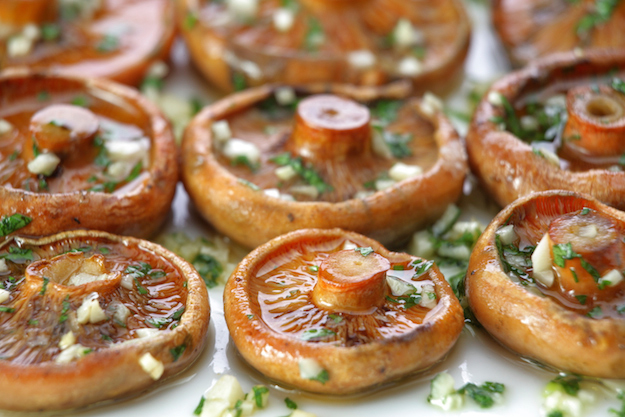
Another variant is to bake and grill them. Place all the mushrooms upside down on the baking tray sprinkle chopped parsley and chopped garlic over the mushrooms and then sprinkle breadcrumbs over the top of each mushroom. Finally drizzle some extra virgin olive oil over the top, season with a little salt and put them in a pre-heated oven (top and bottom) at around 200ºC for about 20-30 min (depending on the size of the mushrooms) until the breadcrumbs have gone golden and the mushrooms are cooked. Remove them and squeeze a little fresh lemon juice over the mushrooms and serve.
If you can’t find them in the wild they will soon be available in the shops so there is no excuse for not trying this wonderful seasonal appetiser. Whichever way you prepare them I am sure you will get hooked on them.
Enjoy!
 3
Like
Published at 8:34 PM Comments (0)
3
Like
Published at 8:34 PM Comments (0)
Spam post or Abuse? Please let us know
|
|